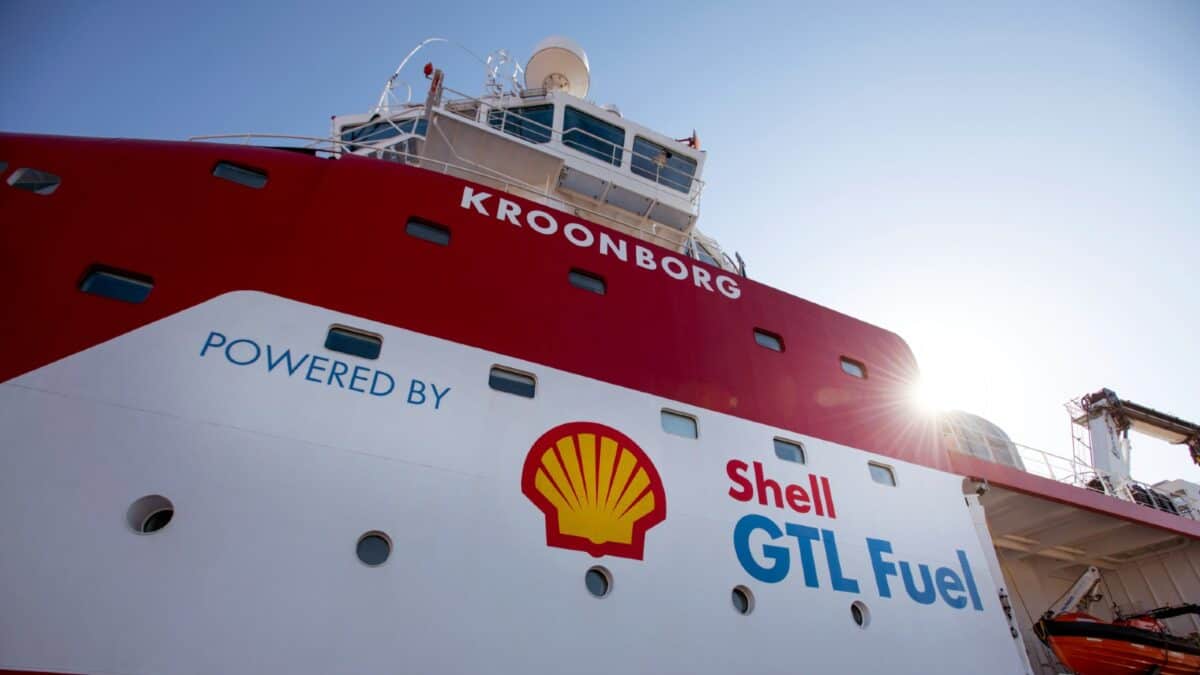Image source: Olaf Kraak via Shell plc
The Shell (LSE:SHEL) share price is down since the start of the year, but an unexpected increase in the price of Brent crude has seen the stock start to climb. I think this is worth a closer look.
The company is focused on dividends and share buybacks, which I think can move the stock higher in the near future. But there are some long-term risks shareholders should keep in mind.
Oil prices
Ultimately, the thing that has the biggest impact on Shell’s business is the price of oil. And Iran’s missile attack on Israel has caused the price of Brent crude to jump.
The firm distributes between 30% and 40% of its operating cash flow to shareholders. As such, a significant amount of the excess profits will be passed on to investors, rather than retained.
During the second quarter, Shell returned around £4.59bn to investors through a combination of dividends and share buybacks. That’s equivalent to almost 3% of the current market cap.
If higher oil prices cause the company’s operating cash flow to be higher in the near future, the return should increase. And I don’t think it needs to increase much to move the stock higher.
Energy transition
The energy transition presents a challenge for Shell and CEO Wael Sawan has looked to shift the company away from this to concentrate on returns. But this introduces a significant risk.
The intermittency of wind and solar energy creates a need for other power sources. And Shell is looking to participate in the energy transition by focusing on natural gas.
This, however, relies on the problems with renewable energy being durable. If they can be solved sooner than expected, the outlook for hydrocarbons might be worse than anticipated.
That’s something Shell shareholders need to bear in mind. Over the long term, the company’s share price probably depends on innovation in renewable infrastructure being slow.
Valuation
There’s something else worth noting about the short term, too. At a price-to-earnings (P/E) ratio of 11, Shell shares trade at a discount to their US counterparts.
ExxonMobil (14), Chevron (15), and ConocoPhillips (12) all trade at higher multiples. And while it might not seem like much, the difference can be significant.
Other things being equal, a stock’s P/E going from 11 to 14 means the share price increases 27%. And that would be a substantial increase for Shell.
This isn’t going to happen by itself. But if Shell’s capital allocation drives eye-catching returns, there’s room for the stock to rise quite sharply while remaining in line with the wider industry.
Outlook
Volatility in the oil price will cause short-term fluctuations in the Shell share price. But there are more durable themes for investors to consider.
To some extent, the outlook for Shell depends on how quickly the existing issues with wind and solar power can be resolved. But I have a positive view on the share price going forward.
The stock clearly trades at a meaningful discount to its US counterparts. And the company’s capital allocation policy looks to me like the right one to help close this.
Credit: Source link













